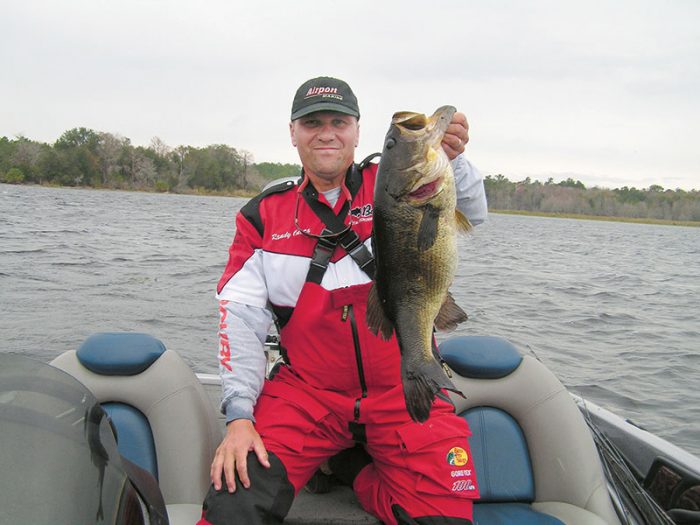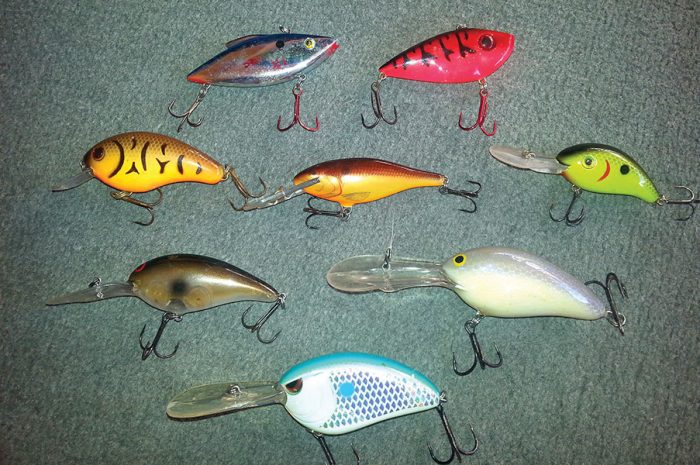If you’re the type to leave the comfort of a warm wife and bed early on a winter morning to go chase little green fish, then we have something besides insanity in common.
Getting bass to bite in cold water can be a daunting task at times. With that notion, I automatically go into search mode. I think most anglers would agree that the best search bait for bass is a shad- or crawdad-imitating bait that wiggles, dives, rattles and vibrates. Crankbaits offer all this, and they cover water quickly and efficiently.
A bass’s metabolism slows in cold water, but this does not mean they don’t feed. Quite the contrary… bass are opportunistic creatures that will eat when the opportunity presents itself. Even in the coldest waters, a bass will move with lightning speed to crush a crankbait when the presentation convinces the fish it’s looking at a feeding opportunity.
Weather is the biggest factor to consider this time of year. Cold fronts can kill any bite you have going, but after a few days of stable weather, it can be great even if water temps haven’t warmed. In most lakes, bass have the option to move deep during winter’s chill, but this doesn’t mean all of them do. Between the shad die-off and crawfish molt, there’s plenty of food for winter bass both shallow and deep. Find the bait, find the bass.
If you were to peek into my cold water crankbait box, you’d see a variety to cover multiple depths, water conditions, and cover. If it’s a lake with shallow grass, I’ll rip a lipless bait through the grass before moving deeper with a flat-sided crank like the Spro Little John or a Norman DD22. In very clear water, it’s hard to beat a Rapala Shad Rap to get finicky fish to eat. This tight wiggling rattle-free balsa bait is hard for bass to resist. I use both shad and crawfish colors for stained and clear water conditions.
When ripping a bait through grass, I use a medium-heavy action rod. A 7’2” stick has enough length and backbone to rip a bait free from the grass… a technique that has proven to get violent reaction strikes. If I’m working over rocks and wood, I prefer a longer medium action rod with more give in the tip for decreasing snags and keeping fish buttoned up. When casting balsa baits, I opt for a light action rod with a very forgiving baitcasting reel, or I’ll use a spinning rod and light line to cast these featherweight lures.
In most all of these applications, I spool up with Seaguar InvizX 100% fluorocarbon line. Occasionally I’ll use braid in thick grass, but even then I use a fluorocarbon leader. To get a bait as deep as possible, don’t be afraid to use 8-pound test, but 10-pound test usually works best for me.
It’s cold outside and spring is a long way off for the die-hard bass angler. So get out of your warm bed and get your crankbaits in that cold water to see for yourself how effective they can be this time of year.
Randy Cnota is the co-publisher of Coastal Angler/The Angler Magazine’s Panama City/Forgotten Coast edition.

